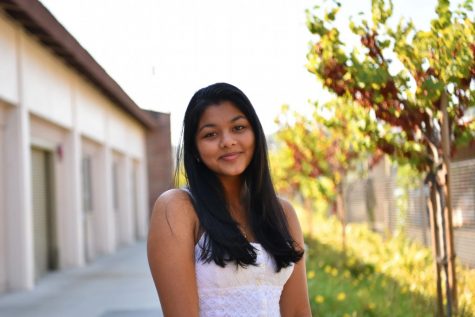Students react to college admissions videos
Investigating the reactions of students towards college admission videos
Photo by Creative Commons
May 21, 2021
Sitting on her bed, scrolling through YouTube, senior Diya Menon watches college admission reaction videos, hoping to raise her spirits after her own college admissions. As she scrolls, she stumbles upon hundreds of reaction videos of students getting accepted into top tier colleges along with the statistics they had accumulated over high school, and a sense of dread settles in her. Throughout college admissions seasons, many students attempt to memorialize their reaction and share their good news with the public through social media, where they gain up to tens of millions of views. However, Menon shares that, despite how well-intentioned some of these videos may be, they still introduce negative thoughts into her head.
“There was this other girl, Nina Wang, and she got into MIT,” Menon said. “I didn’t even apply to MIT, so why should I care? Why should I even get upset that this girl is doing great things with her life? Those kinds of thoughts just happen to come when you’re watching these videos.”
Senior Akash Dubey explains that watching the videos also made him unhappy, but for a different reason than Menon — rather than getting mad over other people, he felt a hit to his self esteem when he saw people admitted to colleges that he was not able to go to.
“I think a lot of them kind of made me a little self conscious,” Dubey said. “But that’s mainly because a lot of the videos that you see on like YouTube, or on platforms in general are people getting into the top ten schools in the country, and that just made me a little self conscious, because I didn’t apply to any of those. I applied to a couple, but they were super far reaches. And then anytime I’d see these videos, I’d feel a little bad.”
But despite the initial discomfort that Dubey experienced while watching these videos, he still found a way to bring himself up, and try not to compare himself to others. He explains that he attempted to focus on himself and what was best for him, rather than what other people believed.
“But at the end of the day, I just reminded myself that I have my own set of accomplishments, and any school that I chose to apply to would be a good fit for me,” Dubey said.
Although junior Aryaa Pathak is still not in the college admissions process, she still feels impacted by the videos. Similar to Dubey, she explains that the videos create unrealistic standards for students to go to a top college, because many reaction videos are made for top ranking universities, even though that may not be the best personal fit for a certain student.
“Overall, it’s pretty negative because I think people don’t realize that going to different schools means your chances differ in different places,” Pathak said. “So going off of stats videos is actually most likely stressing people out more and giving them unrealistic expectations.”
Even though all three describe having been negatively affected in different ways by the videos circulating social media, Pathak, Dubey and Menon agree that the videos can motivate students throughout their own college admissions process. Dubey explains that although many videos focus on people with unrealistic extracurriculars and grades, certain videos do help encourage those who don’t believe their stats are impressive enough.
“A lot of stats videos aren’t perfect students with a perfect GPA and perfect extracurriculars, which also helps a little bit, just to show that you don’t have to be the best of the best to get into the best schools,” Dubey said. “It acts as a kind of motivation for some people… if someone sees that, they’d be motivated to try and then also apply to these schools with the goal of getting in and maybe making a video of their own.”
Pathak believes that these videos are also useful because they can give high schoolers a sense of what colleges expect from certain students, and this allows high schoolers to predict their chances of getting in, and where they should apply to. Menon agrees that these videos can generally help students understand the college admissions process, but they should not rely on it for their main source of information.
“There’s so many other resources you could go to in terms of what you should do for college, through school, through clubs, through counseling, like anything, you don’t have to necessarily compare yourself to somebody else,” Menon said. “It’s very harmful because you don’t know that person’s story. You don’t know what they’ve had to overcome to get to where they are. And so I think it’s just negative all around.”
Menon also believes that the best way to get into college is to express who you are as a person, not trying to follow the routes that had worked for other people, and even watching these videos in college could prove unnecessary.
“There’s no recipe, I would say, because obviously, they look at everyone differently,” Menon said. “And as long as you paint the story of who you are for the admissions officer, that’s what’s going to get you in, not copying somebody who’s already done it.”



















